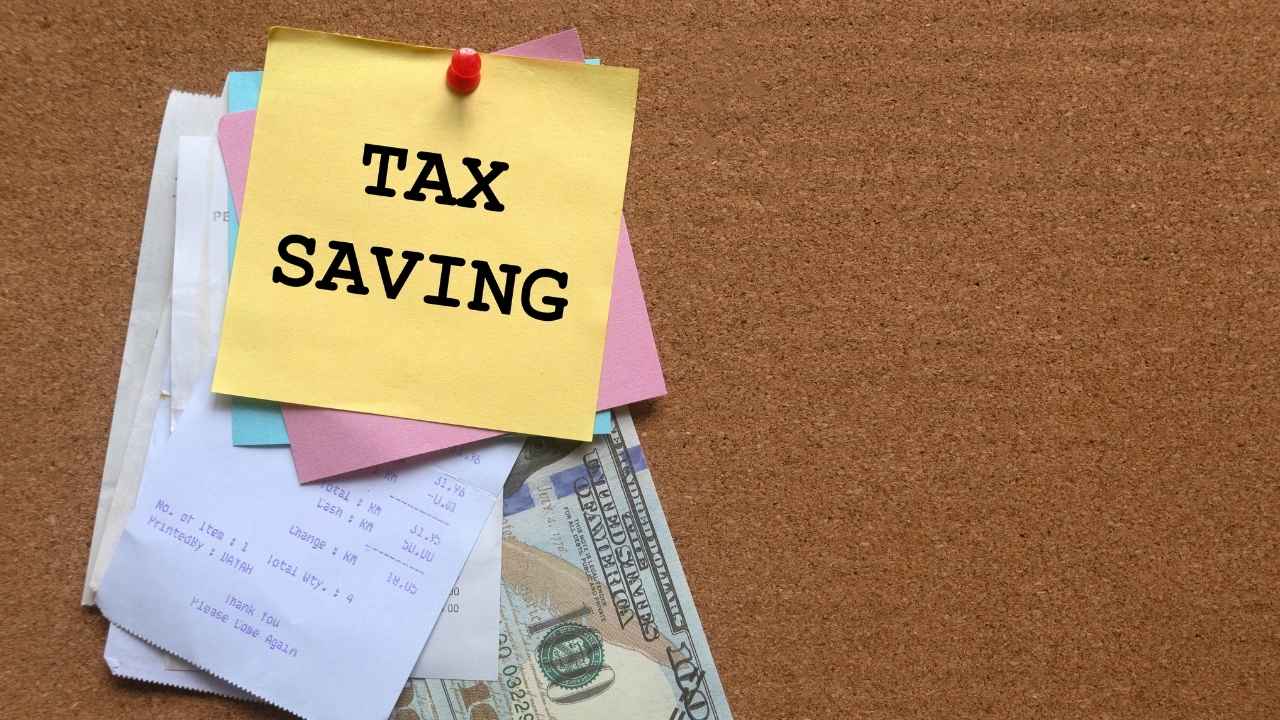Did you open your 2025 Cuyahoga County property tax bill and feel your jaw drop? You’re not alone. Homeowners across the county are reeling from a 32% average increase in property values after the 2024 sexennial reappraisal, with some suburbs facing hikes as high as 67%. But here’s the kicker: your taxes might not rise as much as you think—or they could hit harder than expected. Let’s uncover the shocking truth about property reappraisals in Cuyahoga County and what you can do to protect your wallet.
Why Are Cuyahoga County Property Values Skyrocketing?
Every six years, Ohio law mandates a sexennial reappraisal to update property values based on market trends, home upgrades, and neighborhood changes. In 2024, Cuyahoga County’s reappraisal reflected a red-hot housing market fueled by post-pandemic demand. The result? An average 32% value increase countywide, with inner-ring suburbs like East Cleveland (67%) and Maple Heights (59%) hit hardest.
But don’t panic yet. A higher property value doesn’t always mean a dollar-for-dollar tax hike, thanks to a 1976 law called House Bill 920. This law limits how much your taxes can climb due to inflation, but new levies or construction can still bump up your bill. So, what’s driving these shocking numbers?
- Surging Home Sales: Post-2020 market frenzy pushed Cleveland-area home prices up by 52% since the last reappraisal in 2018.
- Physical Inspections: State-licensed appraisers visited every one of Cuyahoga’s 522,000 properties, factoring in upgrades and neighborhood sales.
- Local Levies: Voter-approved taxes, like the 2024 Cleveland Metropolitan School District levy, added to some homeowners’ bills.
“We know these valuation increases are a shock to most taxpayers,” said County Treasurer Brad Cromes. “But an increase in valuation doesn’t equate dollar-for-dollar to a tax increase.”
How Much Will Your 2025 Tax Bill Actually Increase?
Here’s where things get tricky. While your home’s value might have jumped 49% in Cleveland or 32% countywide, HB 920 dampens the tax impact. For example, a Cleveland home valued at $100,000 in 2021 could now be worth $149,000, but your taxes might only rise by $453.60, from $2,645 to $3,098.
However, new levies or unlisted home improvements can push taxes higher. Seniors on fixed incomes, like 71-year-old Parma resident Agnes Gallo, are feeling the pinch. Her home’s value soared by $76,000, potentially adding $950 to her annual taxes. “This is outrageous,” she said. “People can’t afford to live in their own homes anymore.”
To estimate your 2025 bill, use Cuyahoga County’s online property tax calculator. Plug in your taxing district, current value, and new proposed value for a rough idea. But beware: new levies passed in 2024 won’t show up in the estimate.
Quick Facts on Cuyahoga County Reappraisals
- Average Value Increase: 32% for residential, 8.45% for commercial, 8.49% for industrial.
- Highest Spikes: East Cleveland (67%), Maple Heights (59%).
- Appeal Deadline: Informal complaints due by August 30, 2024; formal complaints from January 1 to March 31, 2025.
- Tax Relief: Seniors, veterans, and disabled homeowners may qualify for exemptions.
Can You Fight Your Property Reappraisal?
If your new valuation feels off, you’re not stuck. Cuyahoga County offers two ways to challenge it:
- Informal Review (Closed for 2025): Homeowners had until August 30, 2024, to file an informal complaint with the Appraisal Department. Over 4,400 residents did, with 35,000 expected to contest values.
- Formal Complaint (Open January 1–March 31, 2025): File with the Cuyahoga County Board of Revision online, by mail, email, or fax. You’ll need evidence like a recent sale, appraisal, or photos of property damage.
Pro Tip: Online filings don’t require notarization, but in-person or mailed complaints do. Be ready for a hearing where nine real estate pros review your case. Warning: formal reviews could raise your value if the Board finds your property was undervalued.
Informal vs. Formal Complaint Process
| Feature | Informal Review | Formal Complaint |
|---|---|---|
| Filing Period | July–August 30, 2024 (Closed) | January 1–March 31, 2025 |
| Submission Methods | Online, mail, in-person | Online, mail, email, fax |
| Notarization | Not required | Required for mail/in-person |
| Risk of Value Increase | Low | Possible if property undervalued |
| Evidence Needed | Sales data, photos, repair estimates | Recent sale, appraisal, damage proof |
Why Some Homeowners Are Furious
The reappraisal’s timing couldn’t be worse. With consumer prices 22% higher in 2024 than in 2020, many residents are already stretched thin. Homeowners like Roni Menefee, a 44-year-old single mom in Parma, worry that a 49% valuation hike could force her to sell her home. “We’re hardly living in Beverly Hills here,” she said.
Seniors and fixed-income residents are especially vulnerable. In 2025, delinquent tax balances spiked by $60.6 million, creating a $20 million hole in Health and Human Services levy funding. Some fear a “mass exodus” of residents unable to afford the new taxes.
On X, locals vented their frustration. One homeowner posted, “They claim a 42.5% jump in value in 1 year. My property hasn’t seen that combined in 18 years. What are we getting for our tax $?”
Tax Relief Options for Cuyahoga County Homeowners
Good news: help is available. Cuyahoga County offers several programs to ease the tax burden, especially for seniors, veterans, and those with disabilities.
- Homestead Exemption: Reduces taxes for seniors (65+), disabled homeowners, or surviving spouses of public service officers. Must own and occupy the home as your primary residence.
- Owner Occupancy Credit: Lowers taxes for those living in their own homes.
- Military Deferment: Defers payments for deployed service members.
- Senior Tax Relief Program: A new 2025 proposal offers cash payments to eligible elderly homeowners. Details are expected this fall.
“Seniors and fixed-income residents should check for exemptions now,” advises County Auditor Michael Chambers. “These programs can save hundreds annually.”
To apply, visit the Cuyahoga County Auditor’s website or call (216) 443-7420. For broader Ohio tax relief insights, check resources like Trumbull County Auditor or Stark County Auditor.
Financial Impact of a 32% Value Increase
What’s Next for Cuyahoga County Homeowners?
The 2025 tax bills, mailed in December 2024, are due February 20, 2025. If you’re challenging your valuation, pay the full bill to avoid penalties, as refunds are possible if your appeal succeeds.
Looking ahead, county officials are pushing for state-level reforms. A proposed property tax circuit breaker could cap tax hikes for low-income homeowners, but it’s still under discussion. Meanwhile, Cuyahoga County plans to launch a senior relief program by early 2025.
5 Steps to Take Before Your 2025 Tax Bill Arrives
- Check Your Valuation: Review your 2024 proposed value letter or search online at cuyahogacounty.gov.
- Estimate Your Taxes: Use the county’s tax calculator to forecast your 2025 bill.
- Explore Relief Programs: Apply for exemptions like the Homestead Exemption if eligible.
- Gather Evidence: Collect sales data, appraisals, or damage photos for a potential formal complaint.
- Attend Info Sessions: Join county-hosted meetings (check cuyahogacounty.gov for 2025 dates) to learn more.
The Bottom Line
The 2024 Cuyahoga County reappraisal dropped a bombshell on homeowners, with values soaring 32% on average. While HB 920 softens the tax blow, new levies and market spikes mean many will still pay more in 2025. By understanding the process, exploring relief options, and preparing to appeal, you can take control of your tax bill. Don’t let the shock of reappraisals catch you off guard—act now to protect your home and budget.
Have you checked your new property value yet? Share your thoughts or questions below!






